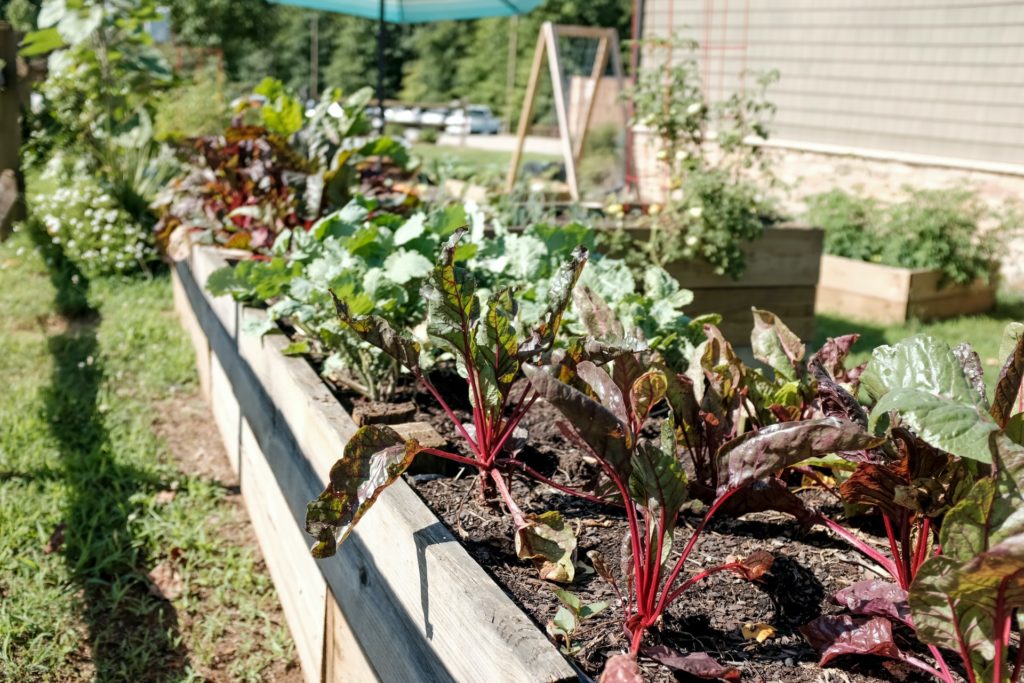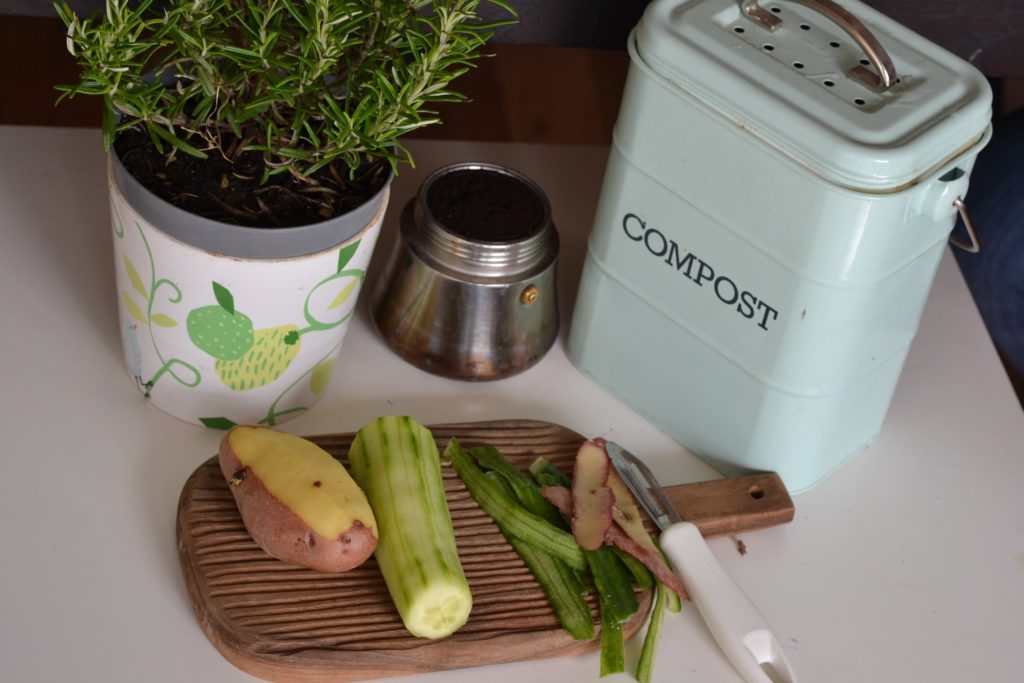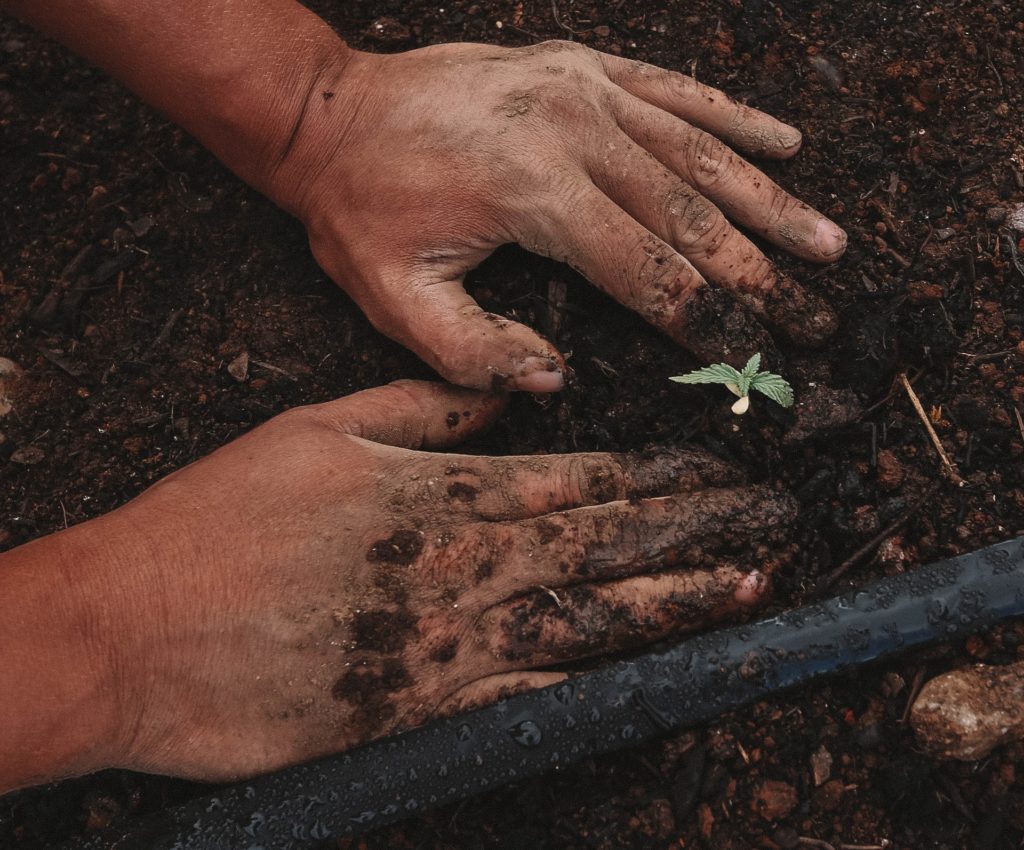
Previously, I discussed the impact our lifestyle and diet choices have on the emergence of Zoonotic diseases like Covid-19, among others. Importantly, the food we choose to eat has an incredible impact on the environment and our carbon footprint. In fact, 26% of all global emissions are from the production of our food. Choosing to switch to a healthy vegan lifestyle, is a great start. But, we still need to consider the impact of the production of plants for human consumption. This meta-analysis by Joseph Poore, and Thomas Nemek, and as discussed in Our World in Data, showcased the carbon emissions produced from many different foods. From their data, I have created a simple food carbon footprint calculator, that will provide you with the carbon emissions produced from the foods you eat, and according to your serving size.
Once you observe which foods are higher than others, you can begin to choose foods with a lower impact. Follow the 5 simple steps provided below to reduce your food carbon footprint even further.
- Calculate your food carbon footprint
- Choose plant proteins
- Grow your own food
- Plant high carbon-storing trees in your yard
- Compost your food waste
- Buy carbon offsets
This calculator was created based on data extracted from the biggest meta-analysis to date of global food systems, Our World in Data, and data from myemissions. The authors of this study collected data from 38,000 farms across 119 countries. Importantly, total emissions are provided as Carbon Dioxide equivalents (kgCO2e), to provide a total of all greenhouse gases that are produced, such as Carbon dioxide, methane, and nitrous oxide. To put a picture to this number, we have converted your food carbon footprint to the equivalent distance driven by a car. This calculation is based on emissions of an average passenger vehicle, where 250 grams of CO2 is emitted per km driven (or 404 grams of CO2 per mile).
Now that you know your food carbon footprint, follow these next steps to help reduce it!

Choose plant proteins
Animal agriculture has a large carbon footprint. In fact, The UN Food and Agriculture Organization (FAO) stated in their report “Tackling climate change through livestock” that the livestock sector was responsible for 14.5% of all global emissions. To put this into perspective, this amount of emissions is equivalent to all emissions from the entire transportation sector. If we take a more detailed look at these numbers, we can see what the difference is between growing animals or plants for food.
Food carbon footprint from animal agriculture
Food production is responsible for 26% of all global emissions. This number can further be broken down to emissions from plants grown for human consumption, and emissions from animal agriculture. There are 4 components that contribute to food carbon emissions: land use, crop production, livestock and fisheries, and supply chain. Livestock and fisheries are responsible for 31%, crop production 27%, landuse 24%, and supply chain 18%. How much of each of these categories is animal agriculture responsible for? Animal agriculture is clearly 100% responsible for livestock and fisheries. For landuse, animal ag is responsible for 67% of emissions, and 22% for crop production emissions. What does this all add up to? In total, animal agriculture is responsible for 53% of all food emissions (not including its contribution to the supply chain). This means that animal agriculture produces approximately 14% of all global greenhouse gas emissions.
Food carbon footprint from plant agriculture (human food)
Let’s take a look at the emissions from producing plants for human consumption. Plants are responsible for 21% of emissions from crop production, and only 8% for land use. In total ( not including its contribution to the supply chain), plants for human production contribute to 29% of food emissions. This equates to 7.5% of global greenhouse gas emissions. The numbers (although approximations) are shockingly clear. You can also see the alarming difference when using our food carbon footprint calculator. If we look at Beef production, 1 kg of beef produced, is equal to 99.48 kg of CO2 equivalents (methane is 25 times more potent than CO2). This is equal to driving an average car for 397.32 km. Yikes! While 1 kg of tofu is equal to 3.16 kgCO2e and equal to driving for 12.64 km.
Plant-based living definitely holds one of the keys to reducing our food carbon footprint. Not to worry, the switch to more plant proteins can be easy given the variety of synthetic animal meats on the market. It can also be cheap if you stick to the basics. Check out my post on healthy vegan living on a budget!

Grow your own food
Reducing your carbon footprint doesn’t end with a simple switch to a vegan or plant-based lifestyle. As we saw earlier, growing plants for human consumption impacts our environment too. One of the ways we can help to reduce our food carbon footprint, even more, is to take out some of the impacts from the supply chain. The supply chain is responsible for 18% of food emissions, which equates to approximately 5% of all global greenhouse emissions. The supply chain includes factors like processing, transport, packaging, and retail. These components although impactful, help to preserve food and reduce emissions from food waste. But, you can help to reduce the footprint from the supply chain.
Growing your own food means reducing the need to transport food and the emissions that result. You can also avoid the footprint from processing, packaging, and retail. Growing your own food does require the right climate, a garden, soil, and of course seeds/plants. It also requires some gardening know-how. For those that don’t have any experience gardening, this is a great guide for beginners that I have personally used in growing my garden. If you don’t have a backyard or space for a small garden patch, there are amazing local community gardens like these gardens here in Vancouver. Check out what’s around in your local neighbourhood. If there are no community gardens, grow indoors! Check out this post on plants that you can grow indoors, and how to do it.

Plant carbon-storing trees
Another way to reduce your food carbon footprint is to offset it. What do I mean by this? Well, this is the act of offsetting the carbon footprint you have produced by performing some task that will take carbon out of the atmosphere. One way to remove carbon emissions from the atmosphere is to take advantage of plants’ ability to absorb CO2. In fact, a mature tree can absorb 48 lbs of CO2 per year. If you are an avid gardener and love to experiment with different plants and trees, check out these trees for your garden. They are the highest in their ability to absorb CO2.

Compost your food waste
The supply chain component of food emissions operates to preserve food as much as possible so that the least food is wasted. Why is wasted food a problem for greenhouse gas emissions? When food goes to the landfill, it begins to decompose in anaerobic ( void of oxygen) conditions. During this bacterial fermentation process, methane, a greenhouse gas, is released and is 25 times more potent than CO2. Food waste is responsible for 6% of all global greenhouse gas emissions.
So how do we help this problem? The first step is to consume less, ensure that you are not buying too much fresh produce that will go bad. For food that is wasted, it is really important to compost. The process of composting allows oxygen to be present. When oxygen is present, methane-producing bacteria cannot ferment, and methane is not produced as a by-product. Alternatively, and in the presence of oxygen and water, other bacteria and microbes use the carbon from the food waste for energy. The result is a more eco-friendly process that produces rich humus good for growing more plants. If you don’t have a curbside organic waste pickup, make yourself a worm composting bin. It is easy to do, and the worm castings will do wonders for your garden.

Calculate your food carbon footprint and Buy carbon offsets
Another great way to compensate for your food carbon footprint is to offset it as discussed earlier. If you can’t plant trees yourself, you can actually purchase carbon offsets through programs all over the world. The first step is to use our food carbon footprint calculator and log your footprint weekly. You can even tally up your footprint in other ways. Once you have the final number, you can purchase carbon offsets to balance out your carbon footprint. Some carbon offset projects include renewable energy technologies, fuel switching technologies, reforestation projects, the list goes on. Check out Offsetters, they are Canada’s leading provider of carbon offsets.
Check out more posts on my Sustainable lifestyle blog
Share my post today and help make the food carbon footprint calculator come to good use!